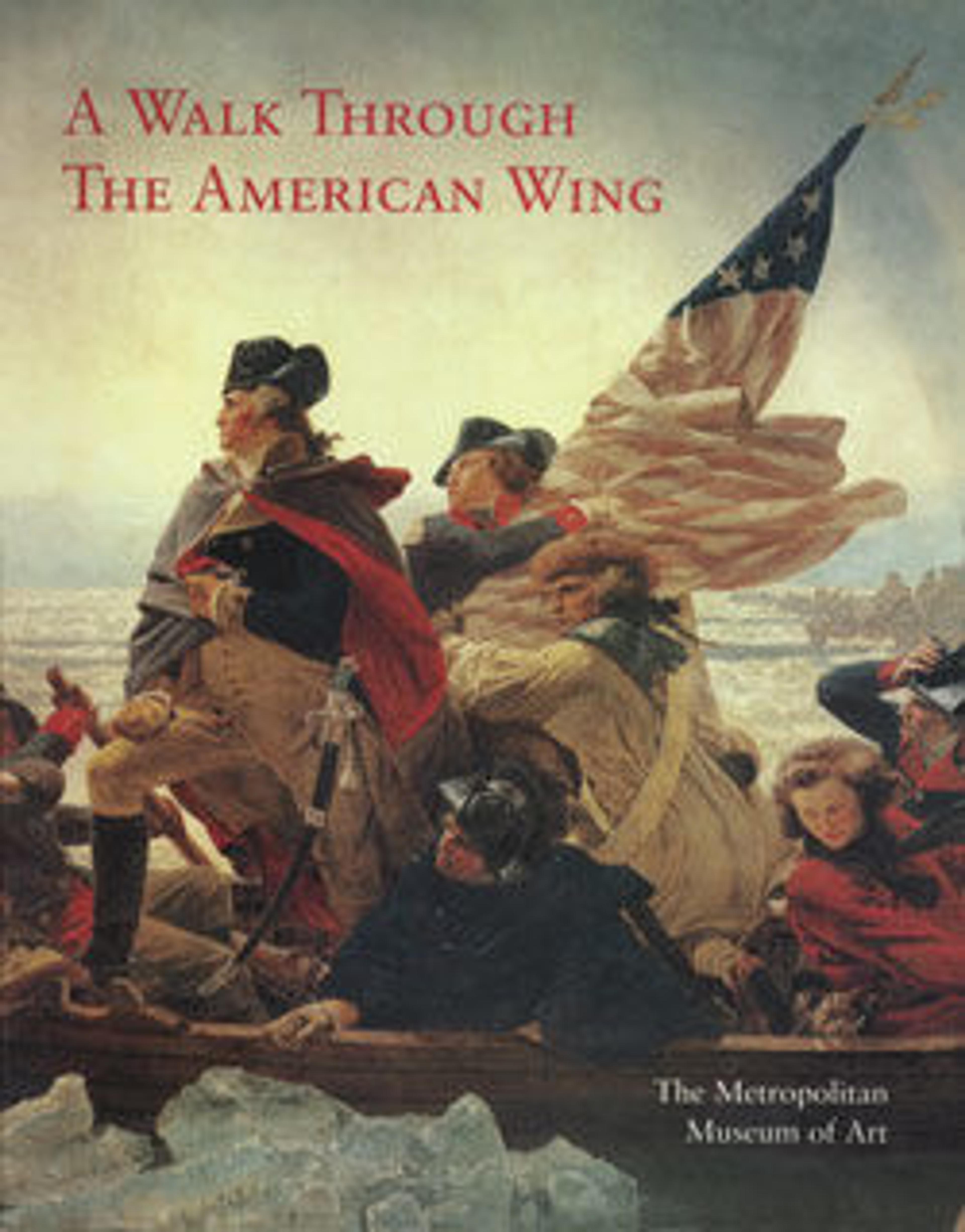Mourning Victory from the Melvin Memorial
By 1897, the Boston businessman James C. Melvin had commissioned a funerary monument from French to honor his three brothers who had died in the Civil War. The original marble memorial was erected in 1908 at Sleepy Hollow Cemetery in Concord, Massachusetts. Four years later, Melvin presented the Metropolitan with the funds to have this replica carved. The massive figure of Mourning Victory emerges from the block of stone projecting two moods: melancholy, in her downcast eyes and somber expression, and triumph, in the American flag and laurel she holds high. French captured the sense of calm after the storm of battle, which must have referred to the pride, after the sorrow of grieving, felt by the surviving brother.
Artwork Details
- Title: Mourning Victory from the Melvin Memorial
- Artist: Daniel Chester French (American, Exeter, New Hampshire 1850–1931 Stockbridge, Massachusetts)
- Carver: Carved by Piccirilli Brothers Marble Carving Studio (active 1893–1946)
- Date: 1906–8, carved 1912–15
- Culture: American
- Medium: Marble
- Dimensions: 120 1/2 x 57 1/4 x 28 3/4 in. (306.1 x 145.4 x 73 cm)
- Credit Line: Gift of James C. Melvin, 1912
- Object Number: 15.75
- Curatorial Department: The American Wing
More Artwork
Research Resources
The Met provides unparalleled resources for research and welcomes an international community of students and scholars. The Met's Open Access API is where creators and researchers can connect to the The Met collection. Open Access data and public domain images are available for unrestricted commercial and noncommercial use without permission or fee.
To request images under copyright and other restrictions, please use this Image Request form.
Feedback
We continue to research and examine historical and cultural context for objects in The Met collection. If you have comments or questions about this object record, please contact us using the form below. The Museum looks forward to receiving your comments.
